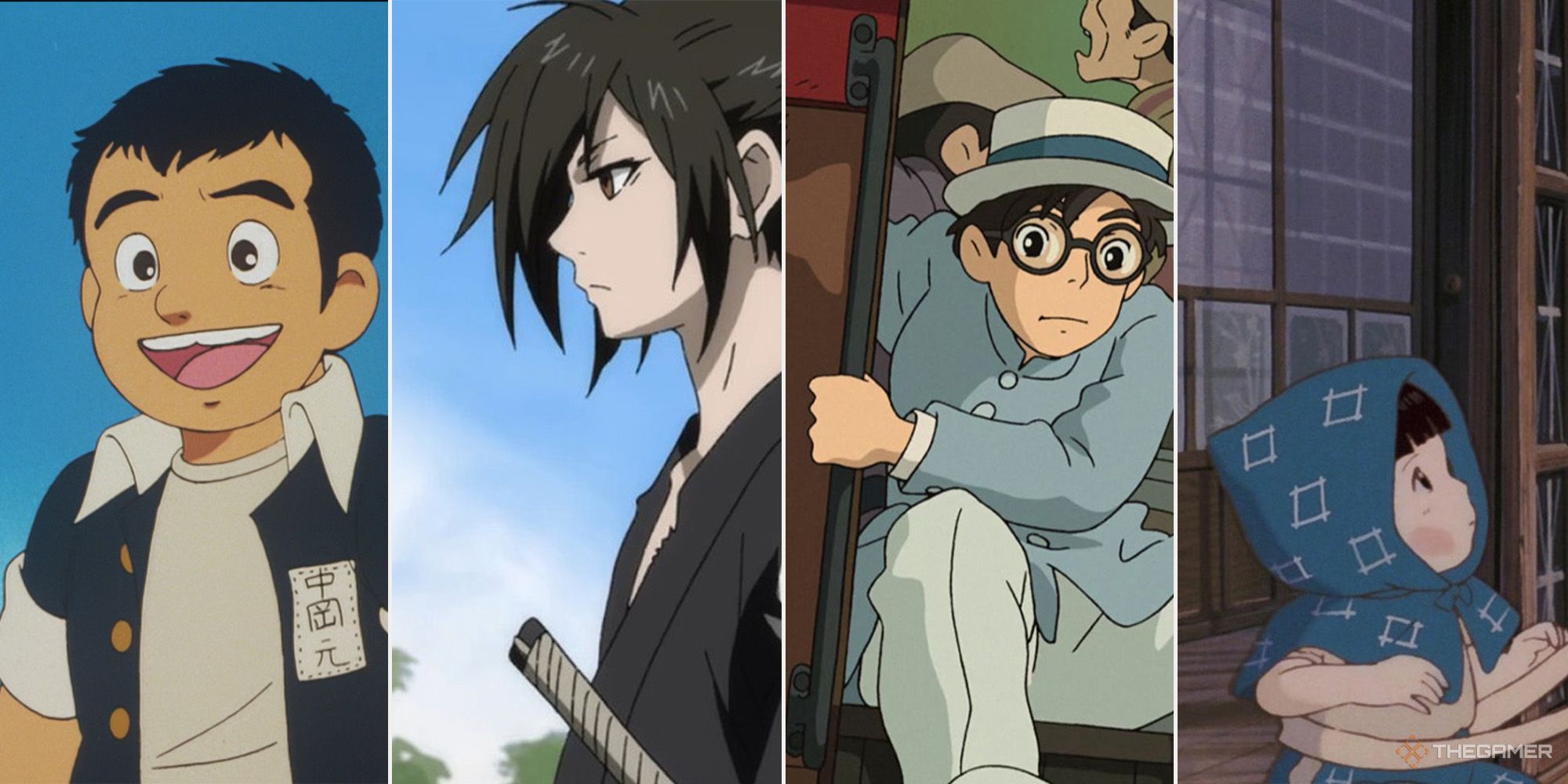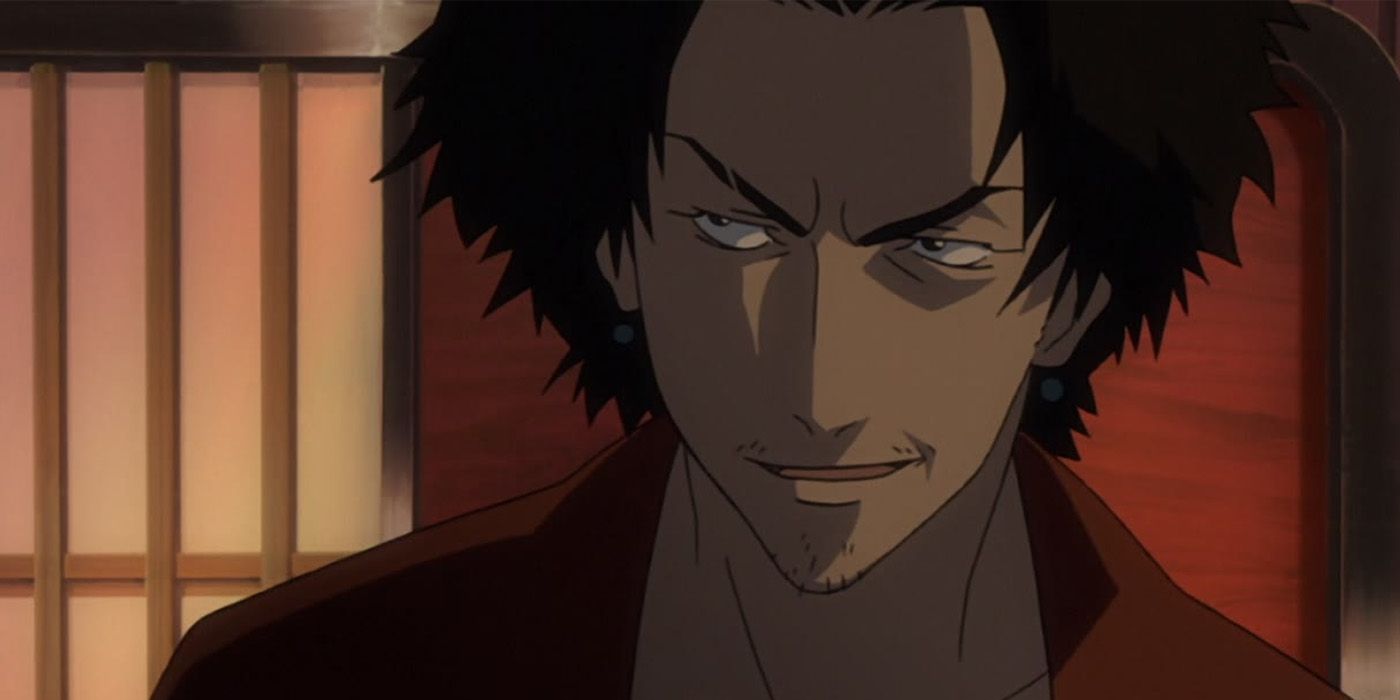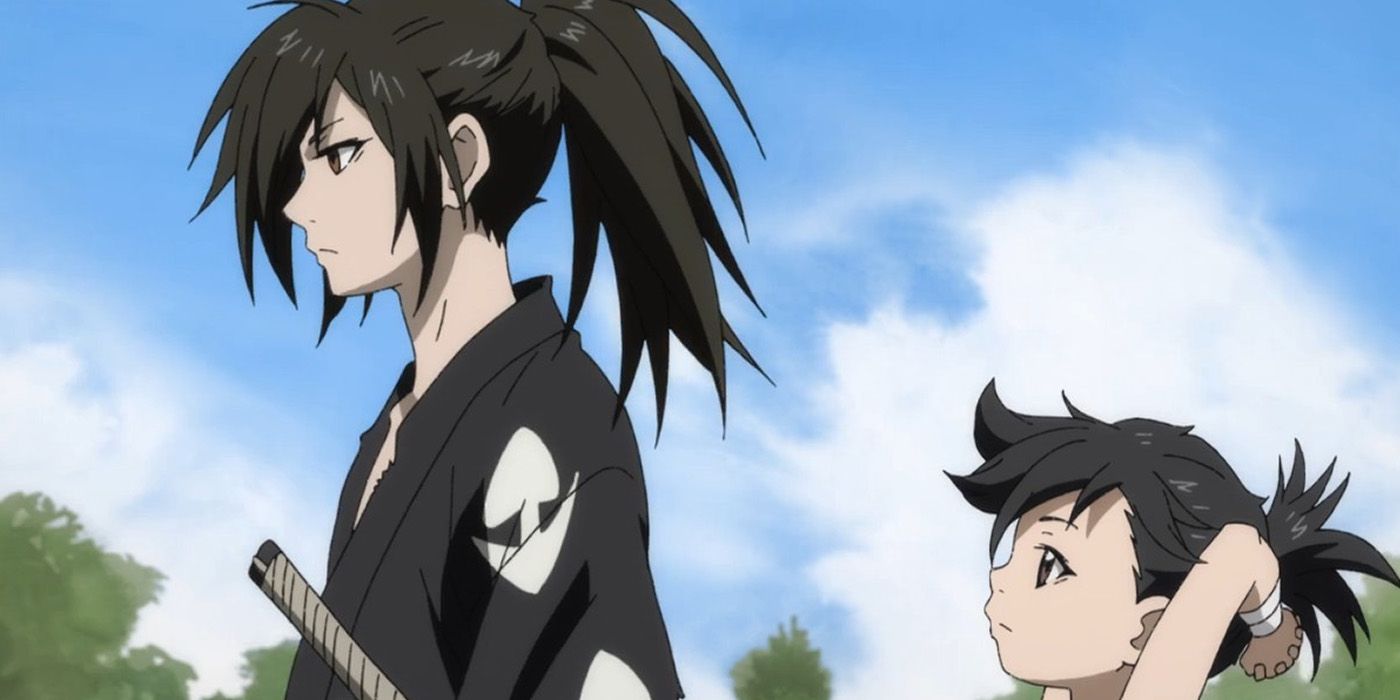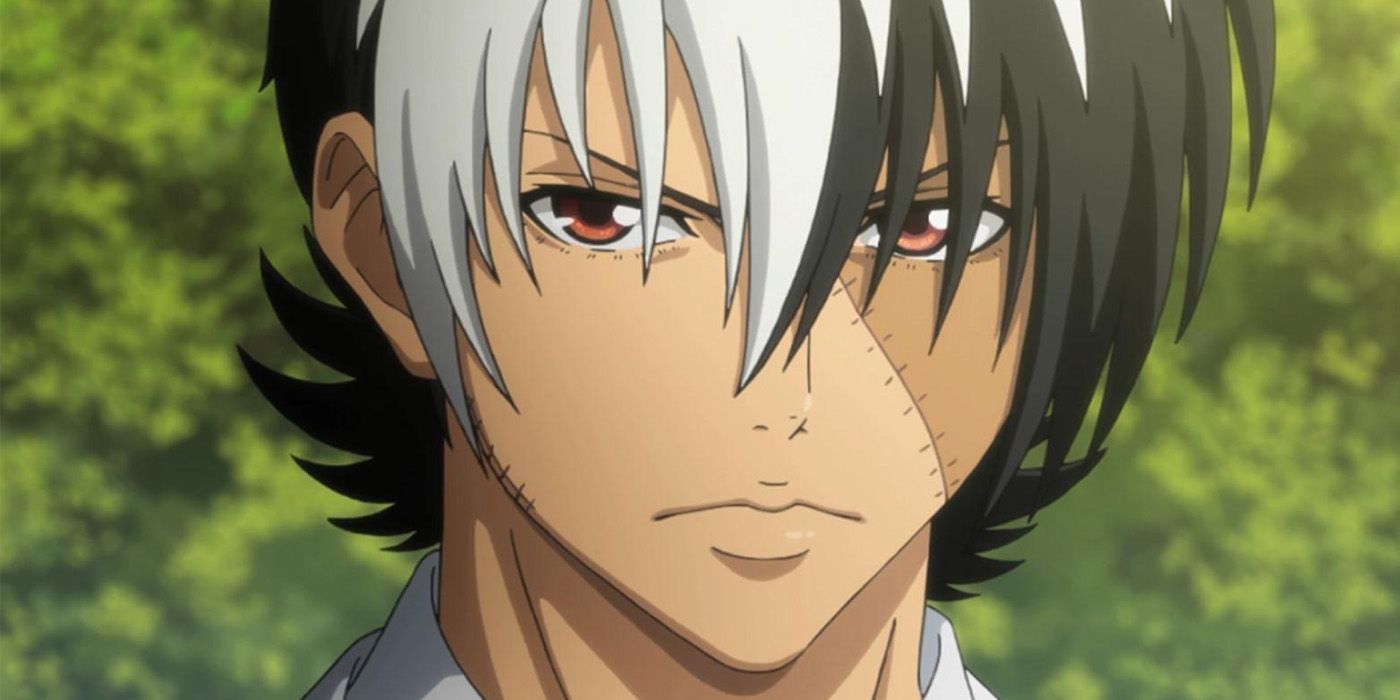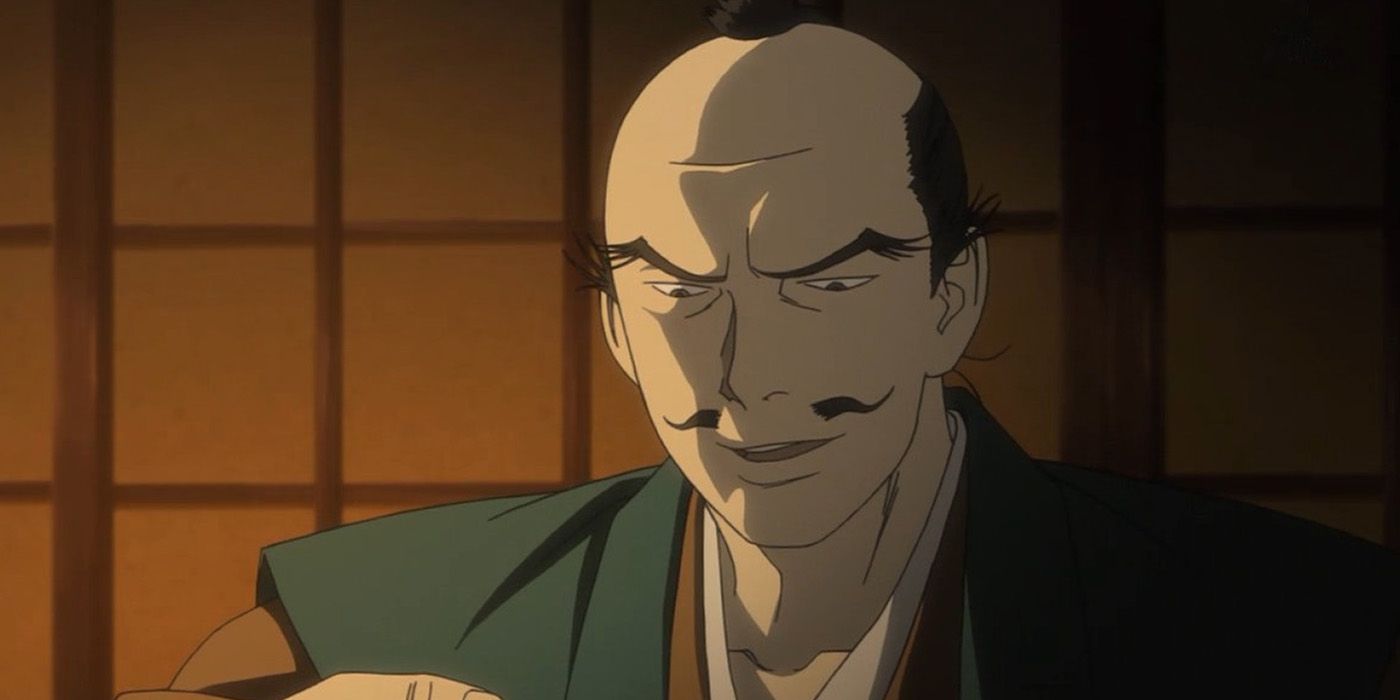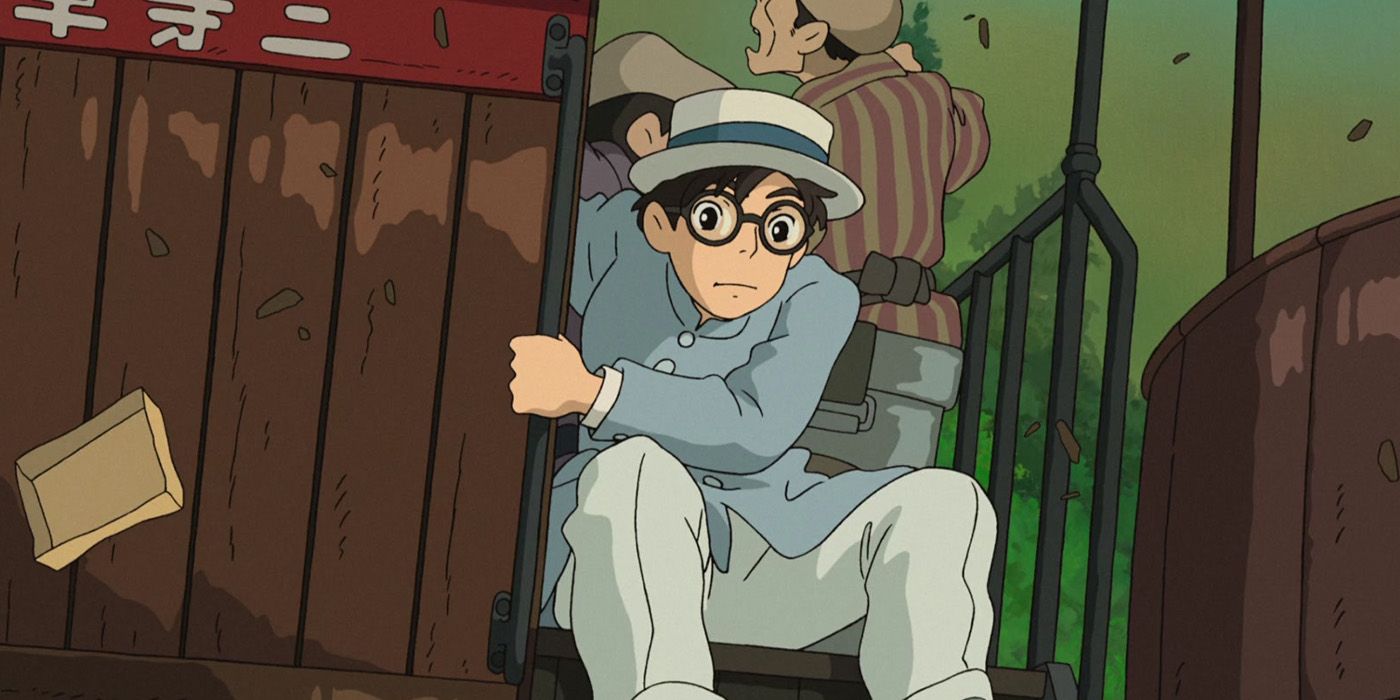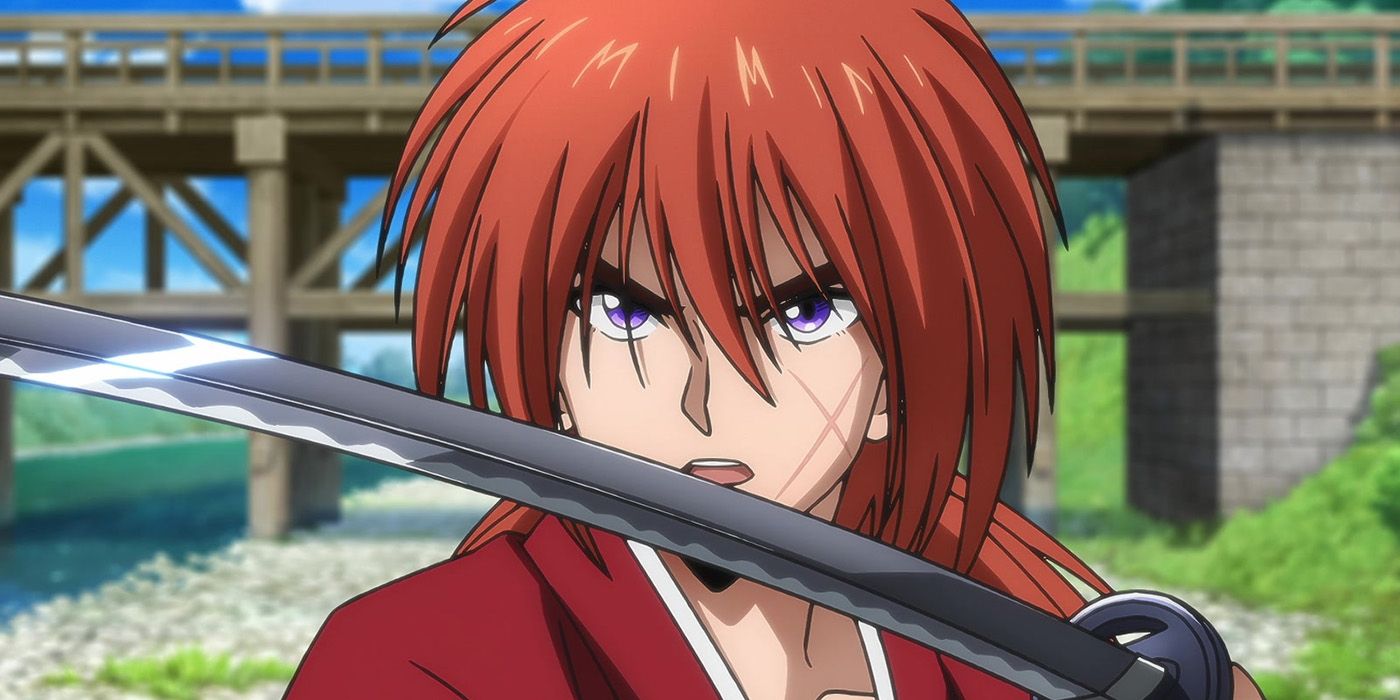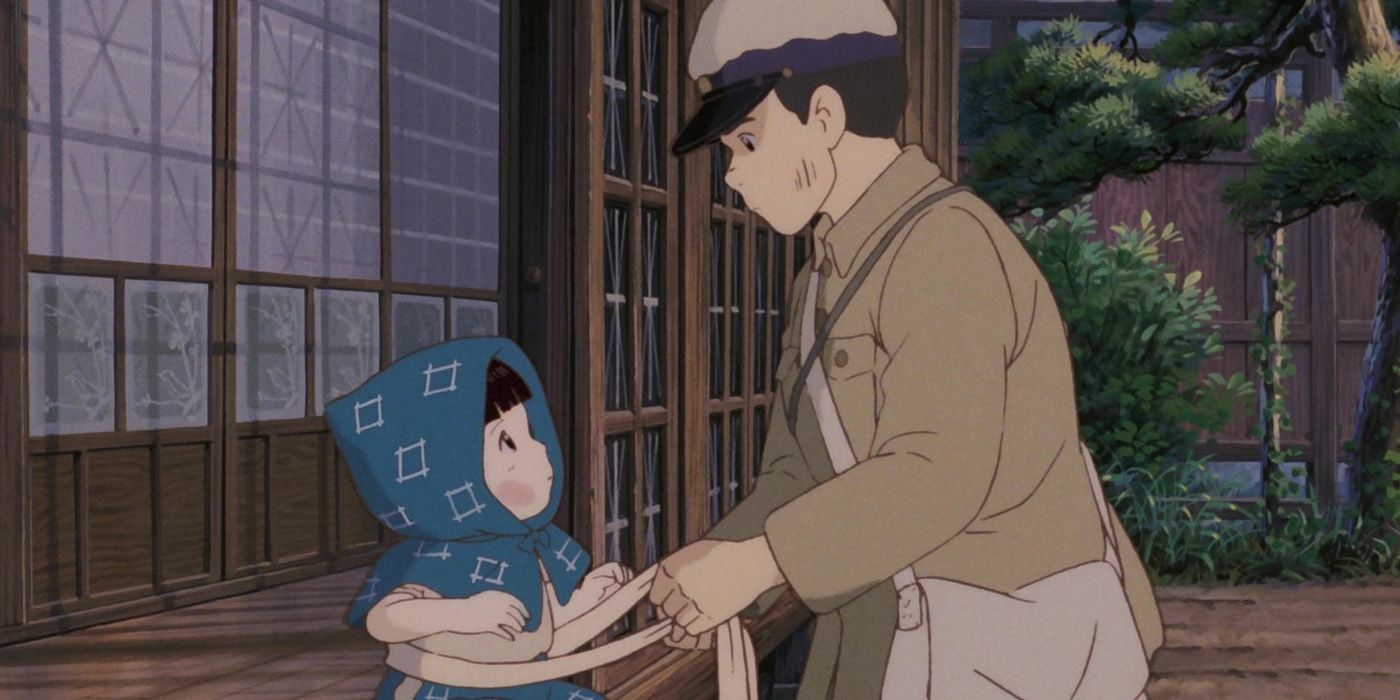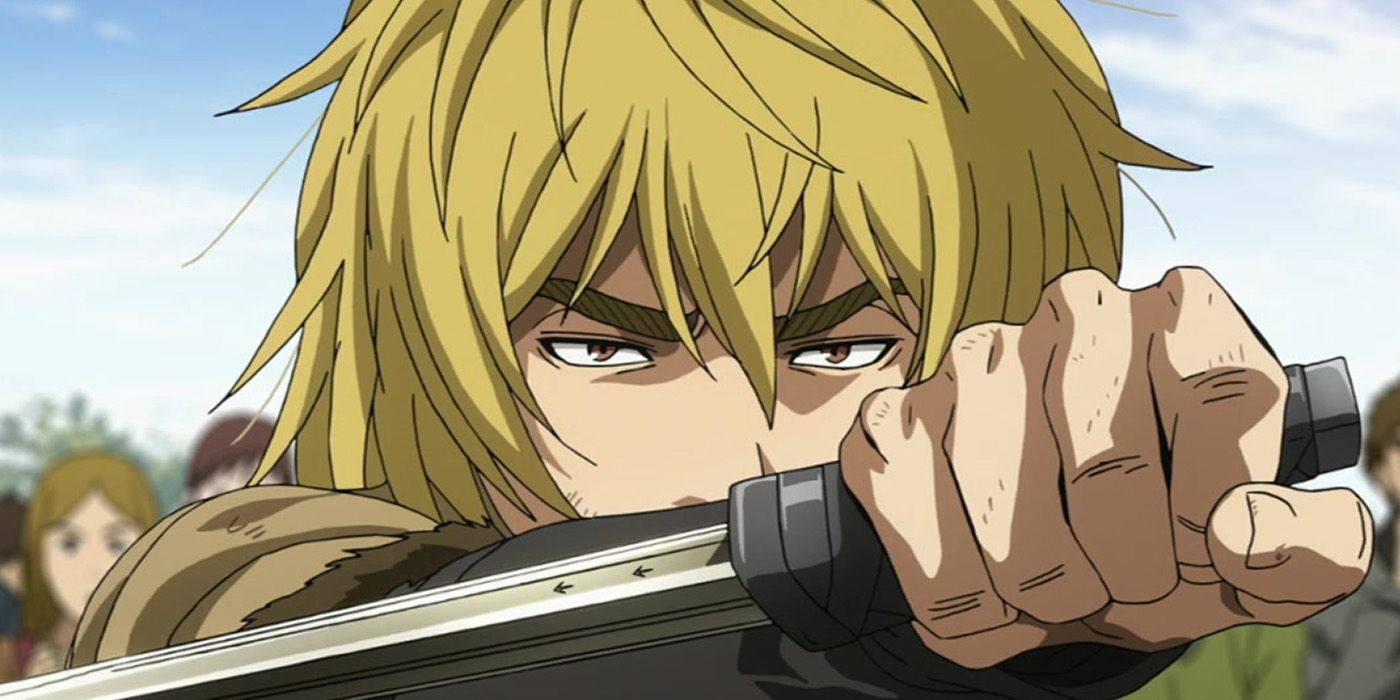Highlights
- Anime can feature historical settings from the Edo period to World War II, providing unique perspectives on culture and events.
- Some anime, like Samurai Champloo and Dororo, mix history with fantasy elements in stories full of action and drama.
- From Viking sagas to the atomic bombing of Hiroshima, anime like Vinland Saga and Barefoot Gen cover dark chapters of history.
Despite the variety, anime often revolves around modern problems or fantastical scenarios. Few series deal with historical scenarios and even fewer do so without delving into alternate histories. However, if you search a little, you can find an anime on any topic.
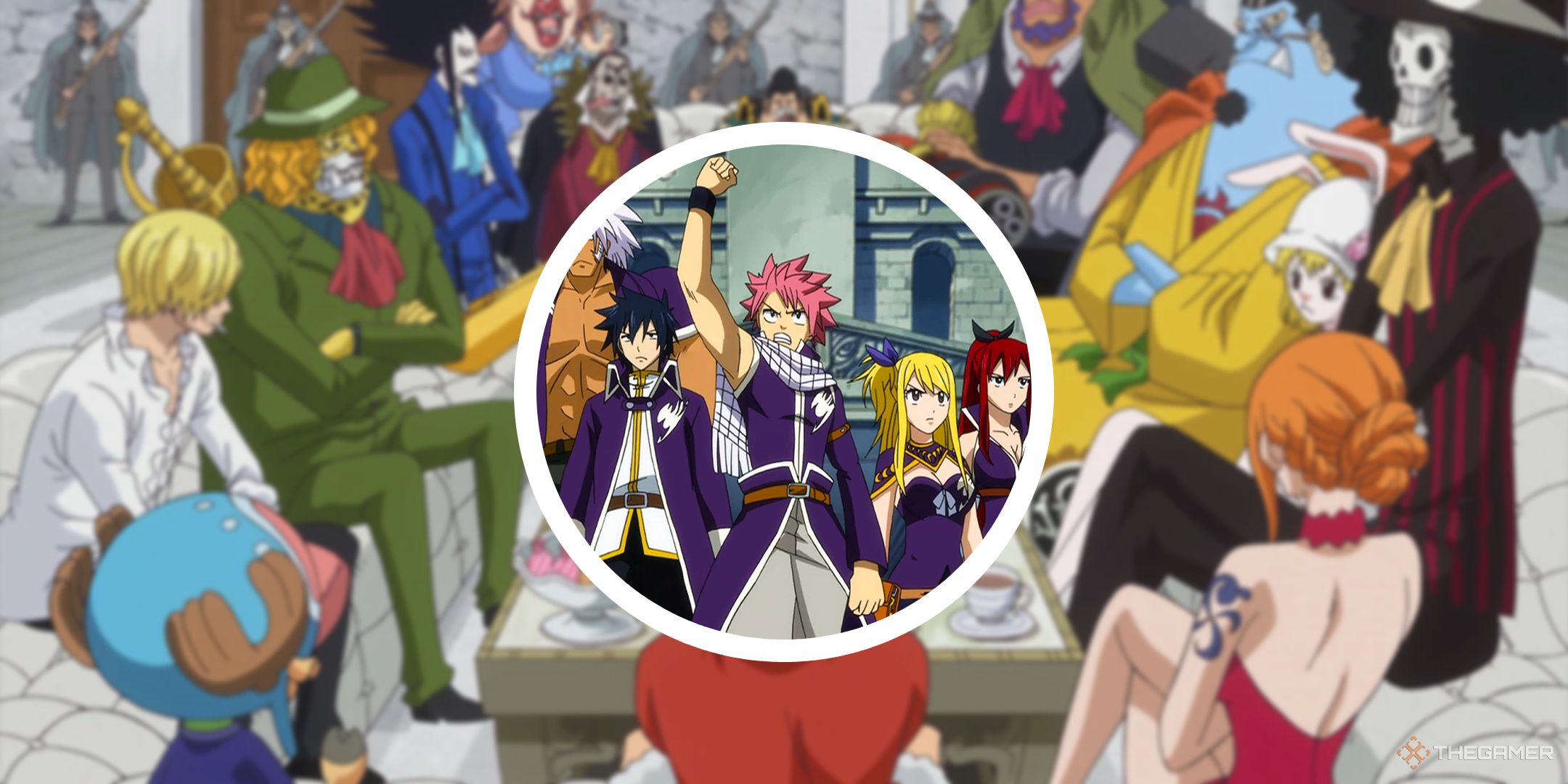
Related
The 9 longest anime arcs of all time
Anime arcs can span dozens of episodes, but which are the longest?
There is such a thing as anime for history buffs. These shows attempt to tell stories from eras past and address issues that may no longer be relevant to modern audiences. While some have become historical works over time, others are modern, retrospective creations.
10 Samurai Champloo
Samurai Champloo may not be a completely accurate reflection of Japan’s past, but the setting and premise are certainly plausible. The one-season anime is directed by Shinichiro Watanabe, the creator of Cowboy Bebop, and has all the appeal you’d expect.
Its vibrant colors, breathtaking battle scenes, and an unforgettable cast effortlessly transport you to mid-17th century Japan – the early Edo period.
The plot is equally captivating, following in the tradition of Akira Kurosawa’s classic samurai films. Don’t let the pop appeal fool you, though! Samurai Champloo is rooted in Japanese tradition. The setting is more than a painted backdrop; it shapes and informs the essence of the show.
9 Dororo
The first animated adaptation of Osamu Tezuka’s imaginative samurai tale aired in 1969, but an updated version of Dororo – complete with more modern character designs – was released in 2019. Both adaptations stay true to the original and tell the same story. Like most samurai media, Tezuka’s Dororo is set in the Sengoku era.
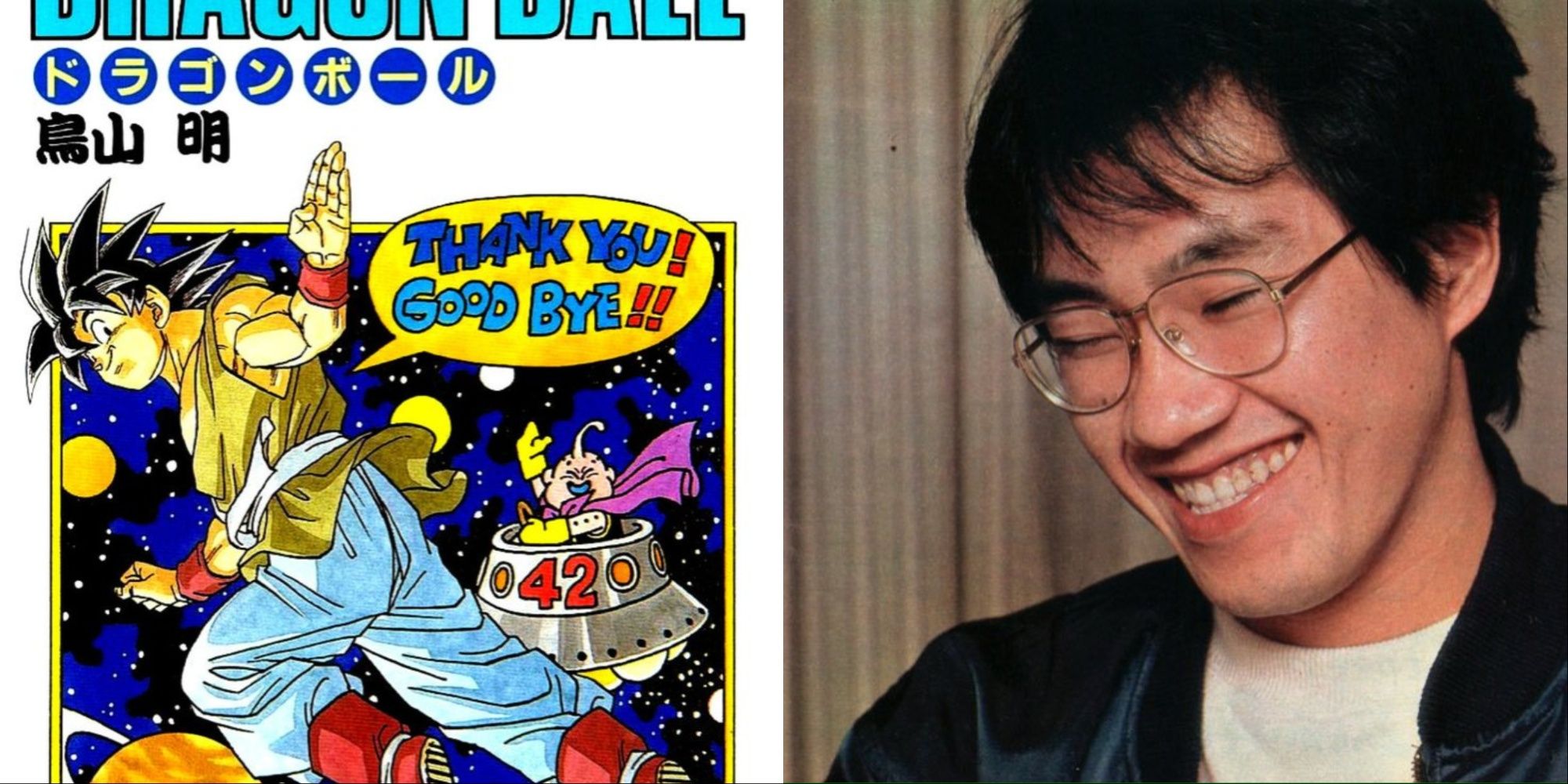
Related
The 10 best mangas by Akira Toriyama
The greatest stories, told (and drawn) by the legendary manga artist.
The main characters are Hyakkimaru, a skilled ronin, and Dororo, an orphaned thief. What’s particularly notable is that Tezuka takes many liberties with the Sengoku setting. Hyakkimaru fights real demons and wears sophisticated prosthetics. Nevertheless, the setting is a compelling – if somewhat quirky – look at Japan’s rich cultural heritage.
8 Young Black Jack
Young Black Jack has big shoes to fill. It is a prequel to Osamu Tezuka’s Black Jack, a sometimes imaginative medical drama. Like its famous predecessor, Young Black Jack takes some medical liberties, but never performs an operation on a ghost, as was depicted twice in the original manga.
In contrast to the original, which often drifts into imaginative futuristicism, Young Black Jack is set in the turmoil of the 1960s. The eponymous protagonist, Black Jack, has to complete his medical studies and deal with a surprising amount of political drama. The Vietnam War is not the only historical event that Black Jack witnesses; he also becomes involved in the American civil rights movement.
7 Hyōge Mono
Set against the war-torn backdrop of Japan’s Sengoku period, Hyouge Mono Furuta follows Sasuke, a vassal of Oda Nobunaga. Remarkably, despite his ties to Japan’s first great unifying ruler, Furuta prefers art and movement to war.
While the conflicts of the Sengoku period are a consistent thematic element, Hyouge Mono emphasizes the thriving culture of the time. Through Furuta, the series explores the many artistic movements and architectural trends of the period. In many ways, it’s an interactive art history lesson, complete with beautiful imagery.
6 As the wind rises
The Wind Rises was one of Hayao Miyazaki’s many “retirement films,” although it’s the only one on the list that has a solid, historical premise. Studio Ghibli’s pastel-colored period drama is set against the backdrop of World War II.
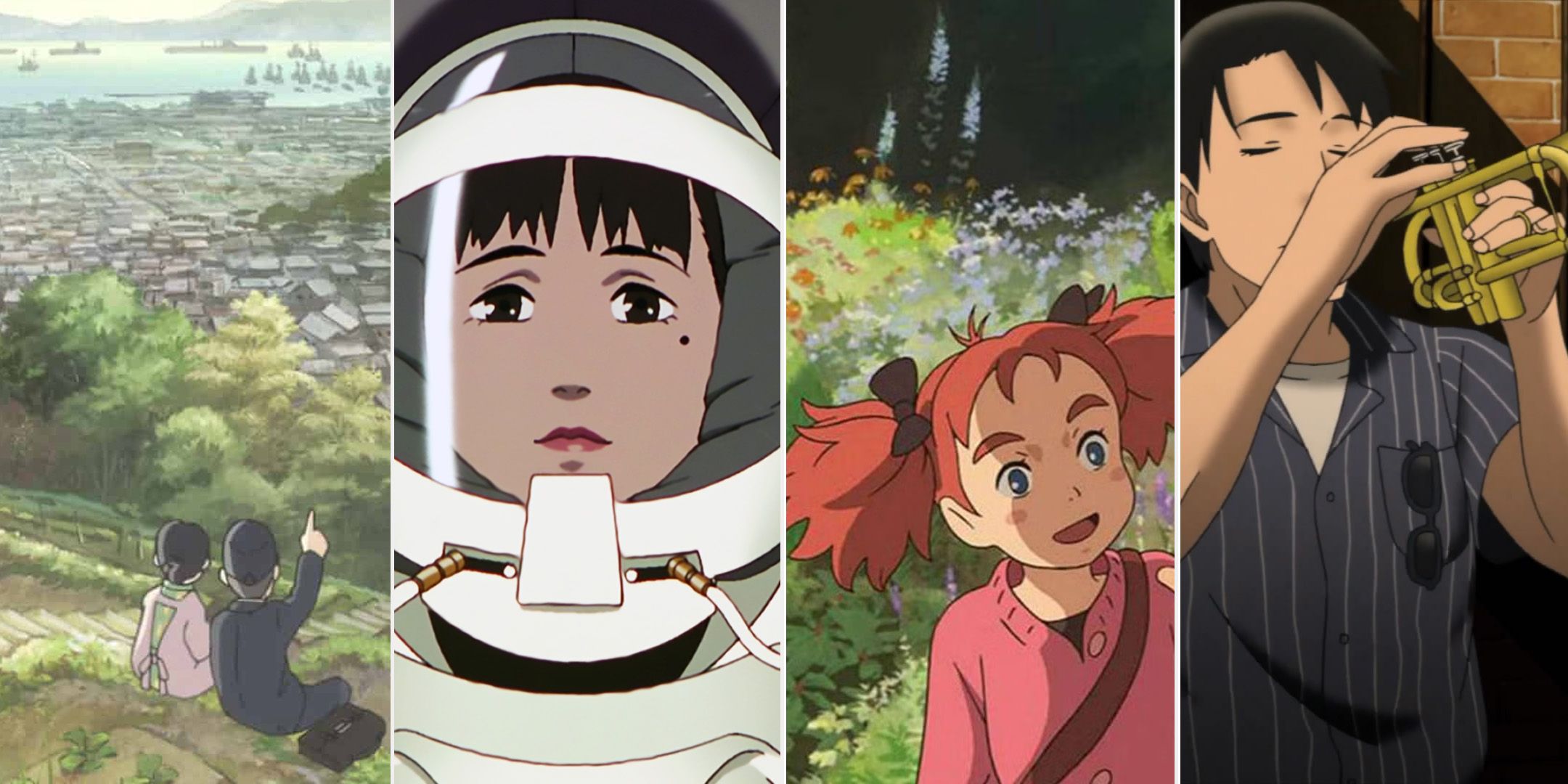
Related
8 Anime Movies You Should Watch If You Love Studio Ghibli
These anime movies will give you Ghibli vibes.
But rather than bask in the grit and adrenaline of a battlefield, it focuses on a romanticized version of Jiro Horikoshi, the designer of the Japanese 1MF10 “Zero” fighter planes. The Wind Rises has all the eye-catchers you’d expect from a Ghibli film, and uses those visual elements to transport you to interwar Japan.
5 Rurouni Kenshin
Most recently revived as an anime in 2023, Rurouni Kenshin is a vision of the early years of Japan’s Meiji era. Although many of the series’ characters are fictional, the setting is refreshingly accurate. There are no demons, ghosts, monsters, or all-powerful samurai running amok in Rurouni Kenshin.
The main character, Himura Kenshin, is a pacifist, wandering swordsman and former assassin. Kenshin’s story is inspired by Kawakami Gensai, a famous assassin of the late Edo period. However, Kenshin’s commitment to pacifism adds a unique and thought-provoking twist to an otherwise straightforward samurai story.
4 The last fireflies
Although The Last Fireflies is part of Studio Ghibli’s program, it is often overlooked by many fans. Unlike many Ghibli films, it places emphasis on realism in plot and visual design. The production avoided the usual exaggerated expressions of the style and instead opted for more photorealistic emotional depictions.
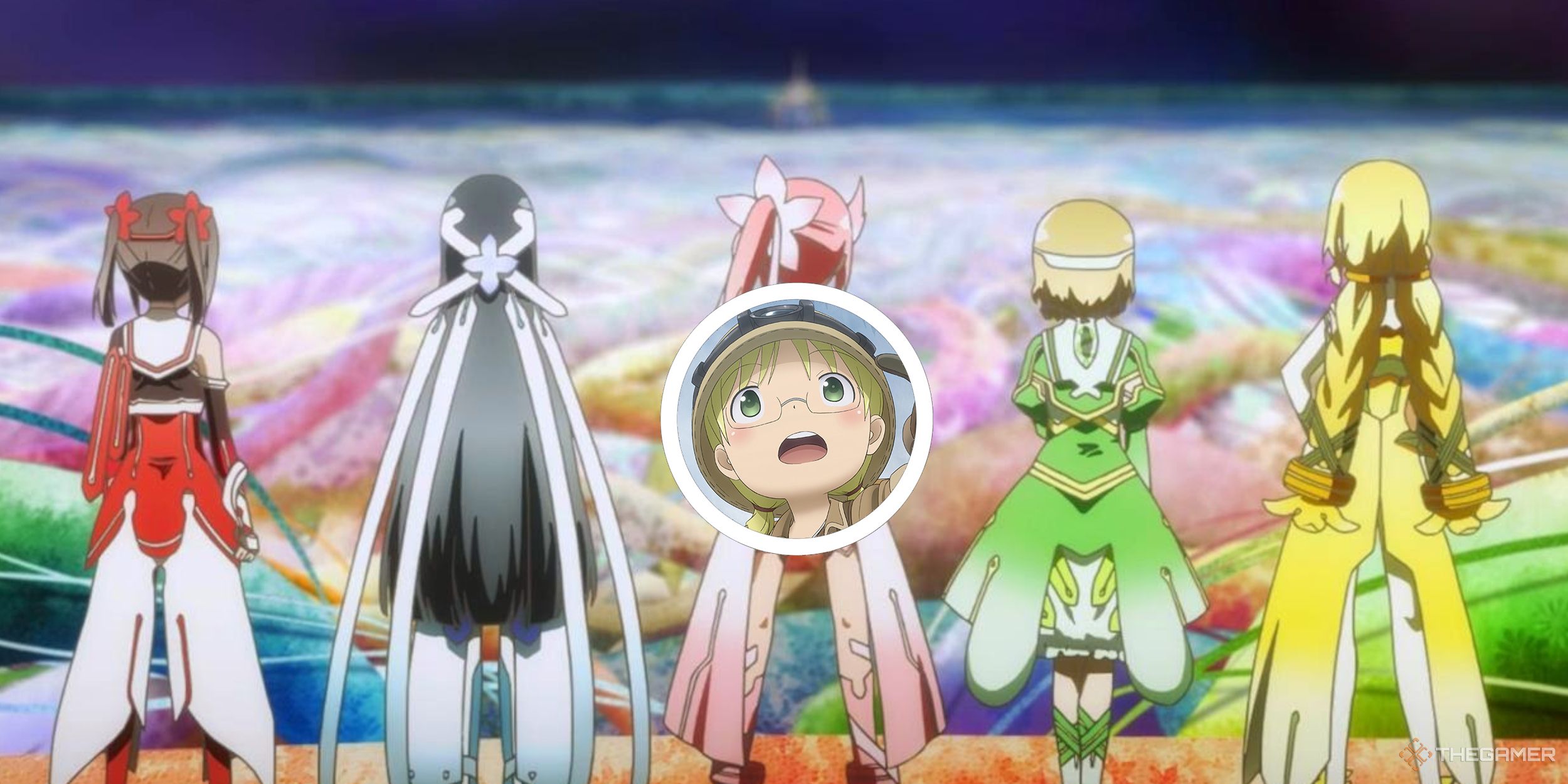
Related
The 10 most underrated anime of all time
You know all the big hits, but what about the hidden gems? Here’s a list of the best, lesser-known anime you should check out!
Set against the backdrop of the final months of World War II, The Last Fireflies tells a very human story of loss and grief. Neither magic nor courage can save the characters from their relentless fate. The film is also notable for being a (largely) faithful reproduction of Akiyuki Nosaka’s semi-autobiographical novel of the same name.
Despite its old-fashioned style, Barefoot Gen remains a harrowing work of historical anti-war fiction. The 1983 film is a faithful retelling of Keiji Nakazawa’s manga series of the same name, presenting a slightly fictionalized account of the author’s firsthand experience of the atomic bombings of Hiroshima.
Barefoot Gen doesn’t shy away from graphic violence. The bomb scene is infamous for good reason.
In recent years, the film’s graphic, science-based depictions of the bomb’s effects have gone viral. The atom bomb scene, however, is only a small part of the film; the bulk of Barefoot Gen is an honest examination of Japanese imperialism between the wars and its impact on the native population.
2 Vinland Saga
Vinland Saga, Makoto Yukimura’s epic adventure story, has a unique setting for an anime. Rather than basing his works on Japanese history, Yukimura focuses on the bloody Viking Age in Europe. The story begins in England in 1013 AD and draws on several contemporary accounts, including the Saga of Erik the Red.
Don’t let the epic scale of the story put you off, though. The Vinland Saga creates its depth by focusing on Thorfinn, a young warrior with a vengeful streak. His journey takes him across many historical figures and through countless iconic locations, including the Faroe Islands and Odense.
1 In this corner of the world
The soft pastel colors may seem odd, but they fit perfectly with “In This Corner of the World,” a snapshot of life in Japan during World War II. The historical drama spans three years – 1942-1945 – and uses a surprisingly mundane perspective. The main character is neither a soldier nor an orphan, but an aspiring artist in a (seemingly) safe place.
This relaxed premise is the cornerstone of the film and allows you to fully engage with Kure Prefecture in the 1940s. The production team further emphasized the grounded premise by drawing on an extensive library of archival photos.
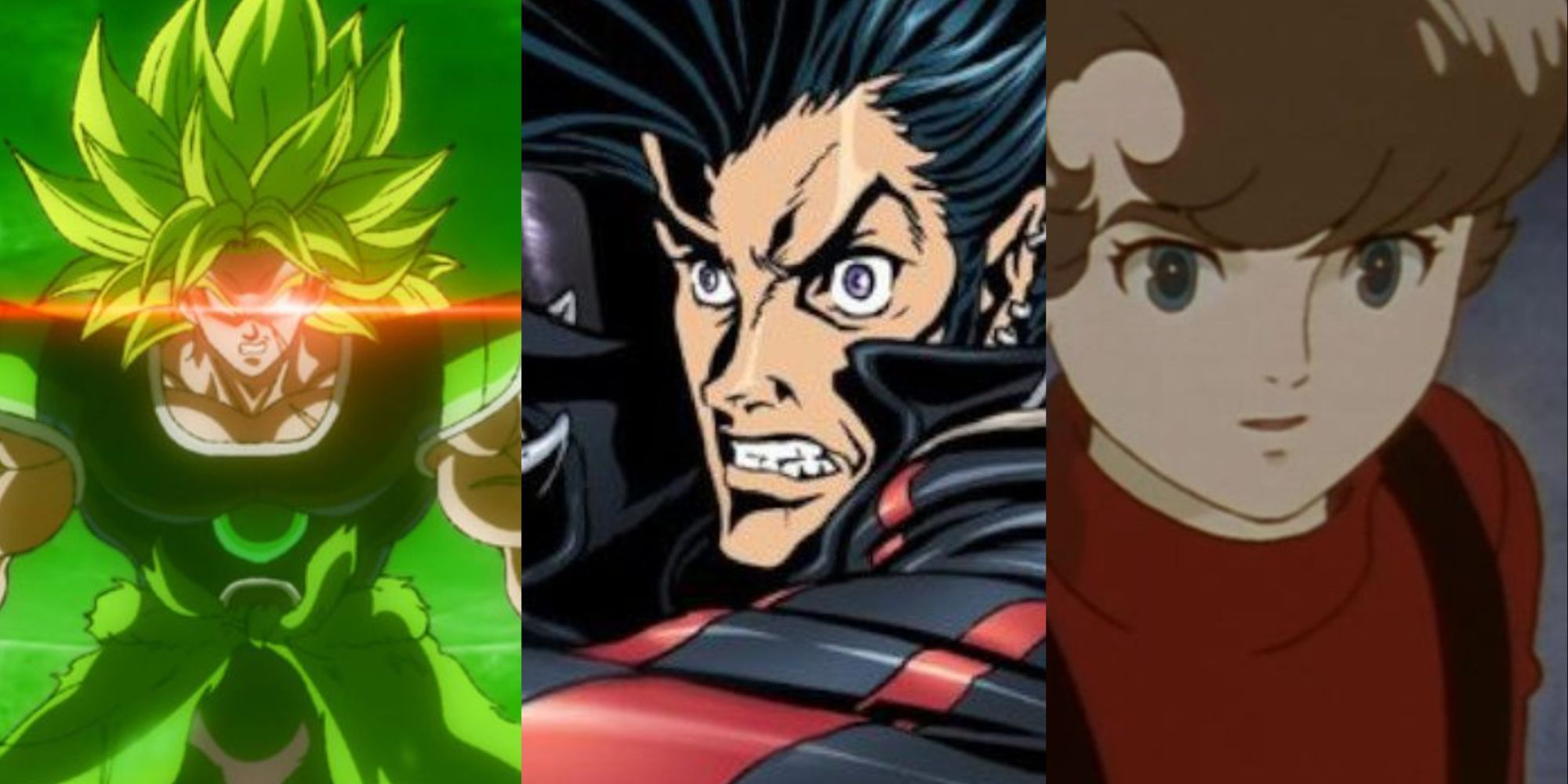
Next
The 10 best anime films of all time
From “Spirited Away” to “Howl’s Moving Castle”: here are the best anime films of all time!

